How to Slice an Onion Without Crying: 6 Tricks to Stop The Tears
Onion is a really useful food in the kitchen and very good, too bad for the little detail that when you cut it it makes your eyes water a lot, a really annoying "side effect". But don't worry, you don't have to eliminate onion from your recipes, just learn how to overcome this problem.
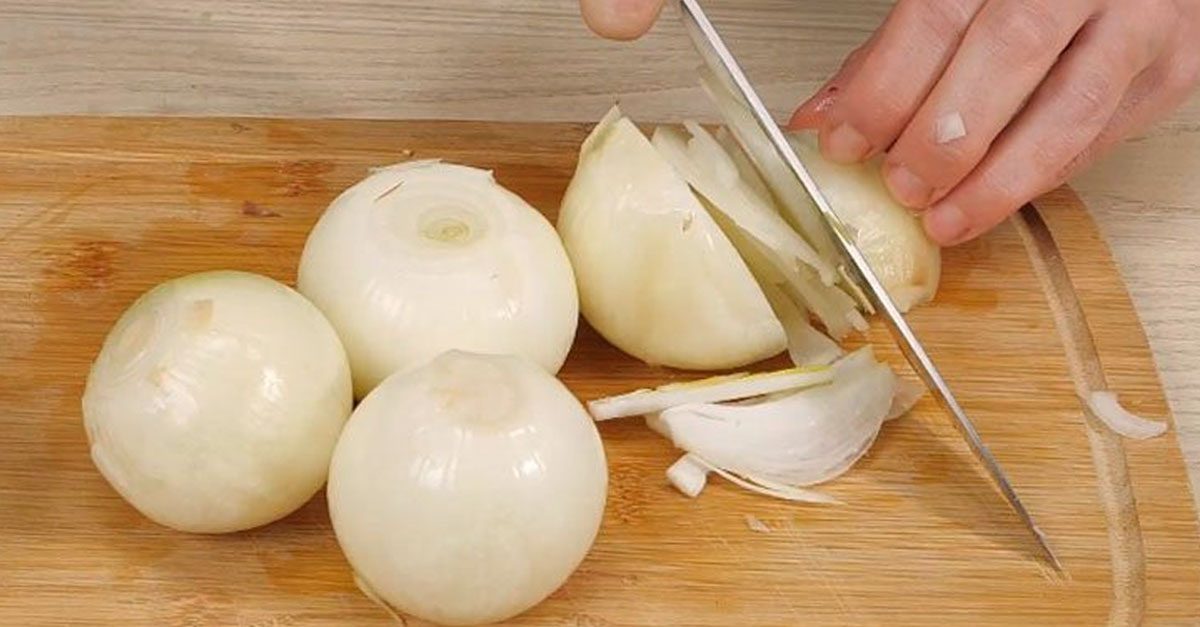;)
Onions are a very ancient food, extremely beneficial and fundamental in the kitchen, where they can be both a "base" for your dishes and the protagonist of very tasty recipes. There are many different varieties of onions, from red to white, from golden to the famous Tropea onions, and although they are different in flavor and properties, one thing is certain: when you go to cut them, your eyes will water. Have you ever wondered why this phenomenon happens? There is an explanation and it has scientific basis, but we are sure that this reaction has often discouraged you from using onions. Yet you do not have to give up this precious ingredient, because cutting onions without crying is possible: here are 6 simple ways to do it.
Why Do Onions Make You Cry? Science Explains
Science explains why onions make you cry. It all depends on a substance released by the food when you cut it: allinase, an enzyme that produces a highly irritating effect on the nerve endings in the eyes. In fact, when you cut it, a molecule called isoalline is transformed into sulfenic acid, which in turn becomes the basis of propantial-S-oxide, water-soluble tear-producing factors that stimulate our tears. Tears are also a defense reaction given by the body to protect the corneas from a foreign substance. Curiously, allinase itself is a defensive process, which the onion puts in place to prevent herbivorous animals from eating the bulb (the base) of the plant, thus preventing it from producing its seeds, as well as to protect itself from fungi and bacteria.
Tips for Not Crying When Slicing Onions
As you may have understood from the explanation given by science, it is not possible to prevent the onion from releasing alliinase when cut because it is a natural component. What you can do is try to protect yourself and dampen the effect of this substance. How to do it? You just have to try one of these tricks.
1. The Right Knife at The Right Temperature
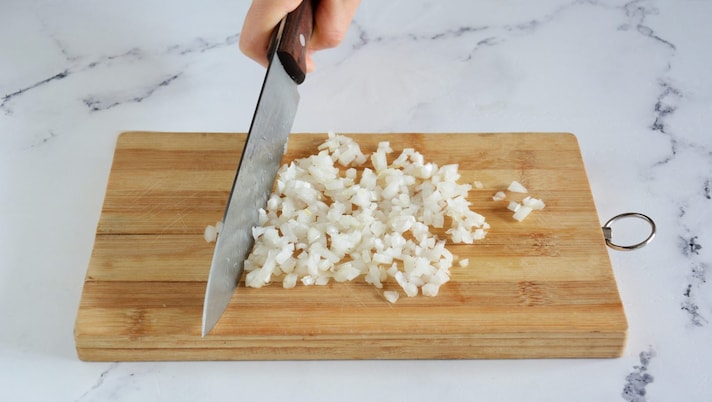
Did you imagine that the knife can influence how much the onion makes you cry when cutting it? We bet not, but it is exactly like that. The best choice is a knife with a smooth blade because it produces very clean cuts, while a serrated knife produces less precise cuts that can cause the onion to release greater quantities of allinase. Also remember to leave the knife in the fridge for 30 minutes or in the freezer for 10 minutes before using it to cut the onion: the thermal shock caused by the cold blade reduces the release and diffusion of the enzymes that make us cry.
2. Let the Onion Rest in The Freezer
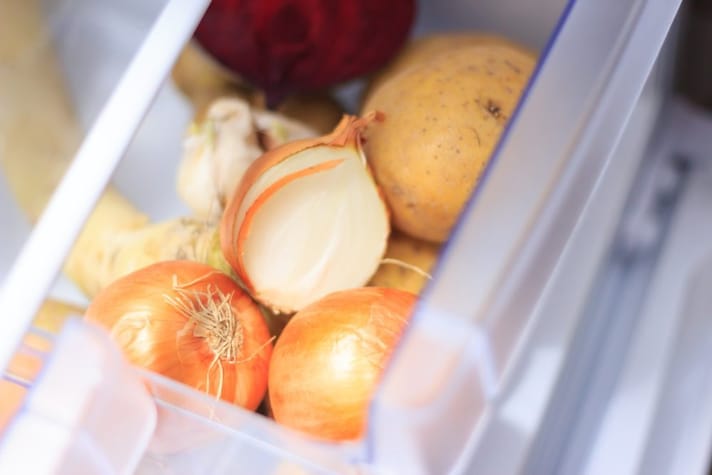
The cold does not only affect the knife blade but also the onion itself: its substances lose potency if the food is cold enough. Precisely for this reason, one way to reduce the tear-producing effect is to place the onion in the freezer about 20 minutes before starting to cut it, so that it cools down enough to limit the damage when cutting.
3. A Slice of Lemon on The Cutting Board
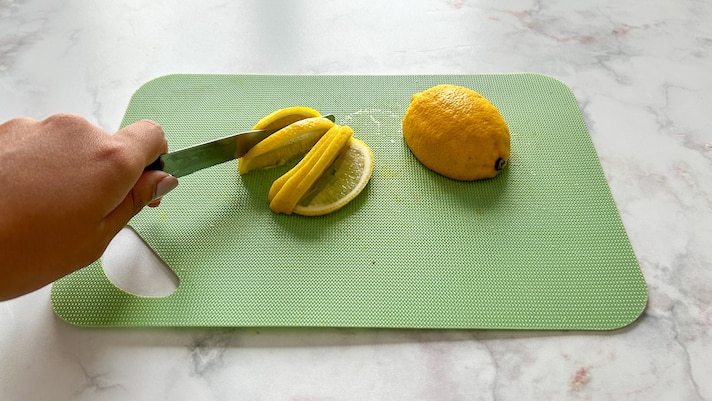
A very simple and at the same time very useful solution is to rub a slice of lemon on the surface on which you are going to slice the onion: citric acid, in fact, is an excellent agent for counteracting and absorbing the irritating enzymes released by the food. Furthermore, the scent of lemon prevents the surface, especially if it is made of wood, from absorbing the odors of the ingredients you are going to cut, even those with a strong smell like onion.
4. Cut the Onion in Water and Vinegar
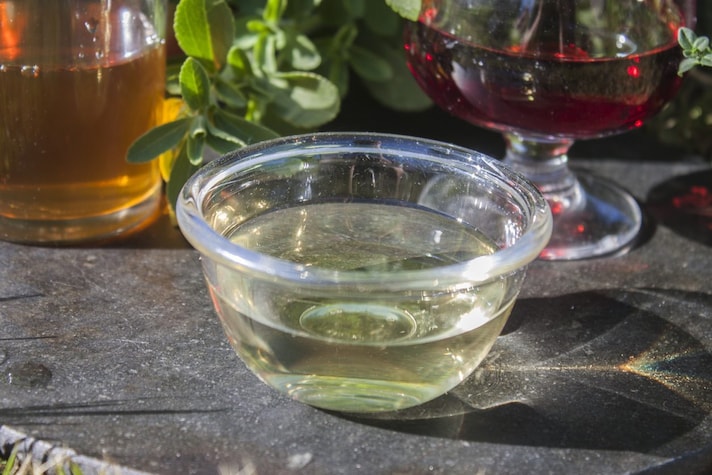
Vinegar , just like lemon, is an excellent ally against onion tears, because it has a limiting effect on the release of enzymes just like citric acid does and also helps to make the onion more digestible. Fill a bowl with cold water and a few drops of vinegar, leave it to soak for a few minutes and proceed with cutting. Alternatively, if this is not enough, immerse the onion directly in white vinegar for about 10 minutes, then take it out, dry it and cut it freely.
5. Take Advantage of The Effect of Steam
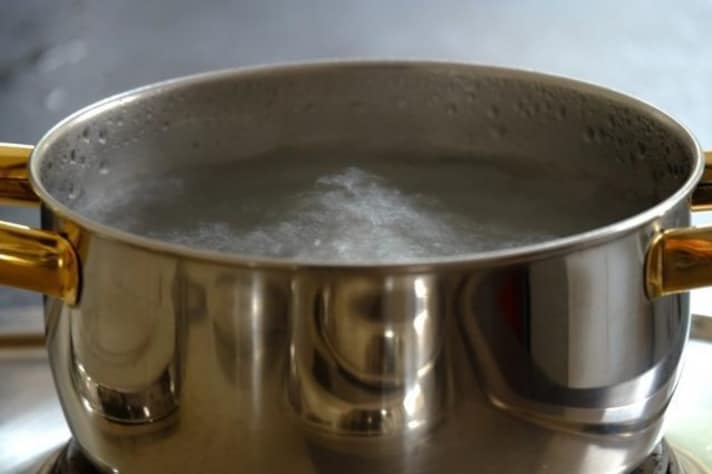
A good way to dampen the tear-producing effect of onions is to counteract it by using steam, because this element is able to attract the gas released by onions and disperse it into the air. How to do it? You just have to boil a pot full of water and, when it releases steam, cut the onion near the pot.
6. Use Protective Glasses
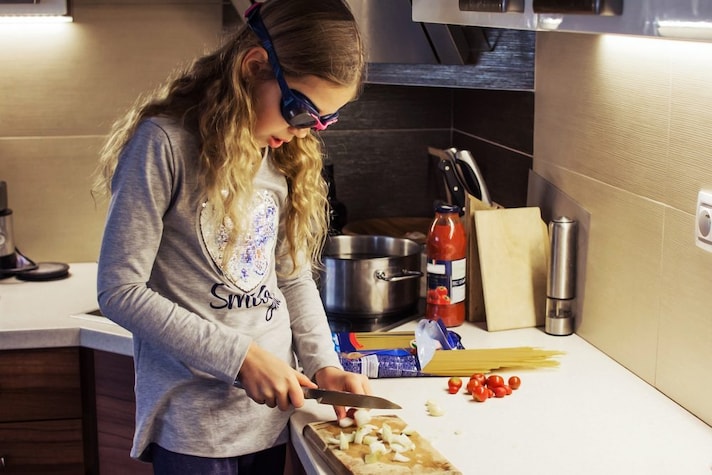
If none of these methods are enough and the onions continue to bother you, use an extreme method: protective glasses, which may make you feel a little silly but which protect your eyes excellently. You can easily find them for sale online as “safety glasses for work” and you will simply have to wear them when cutting onions to completely avoid the annoying tearing. And in case of emergency, remember that any protective glasses will do, even the ones you use for swimming in the pool!
;Resize,width=767;)

;Resize,width=712;)
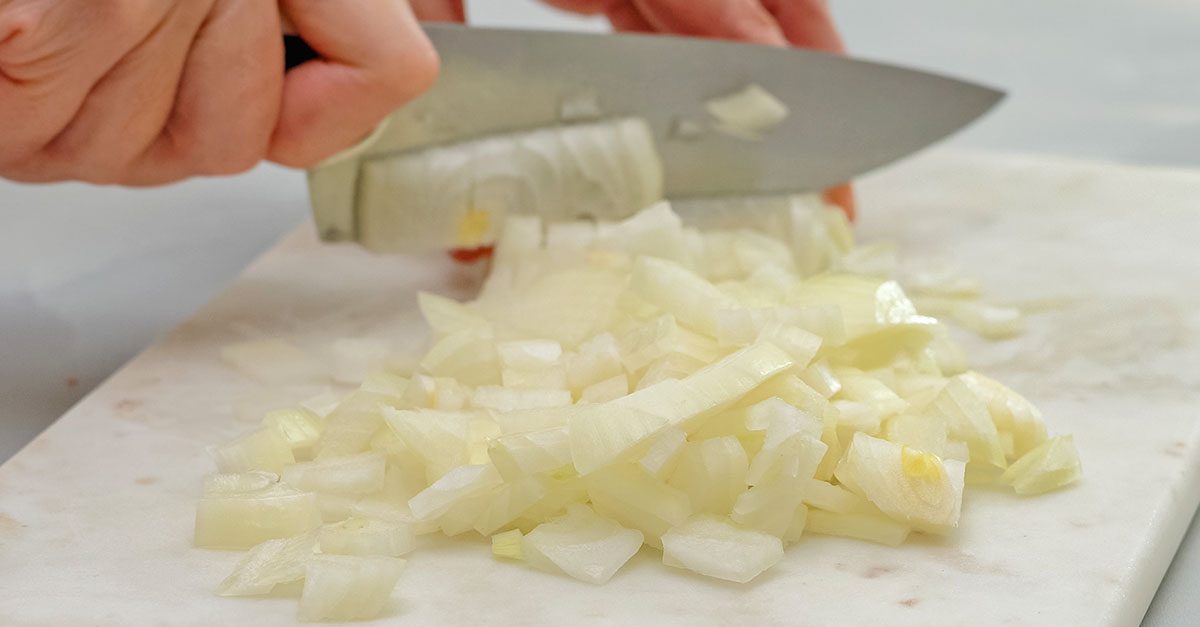;Resize,width=712;)
